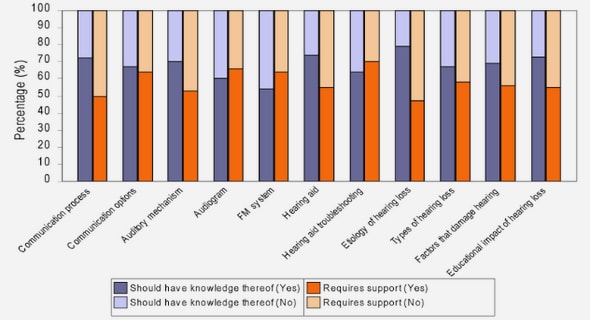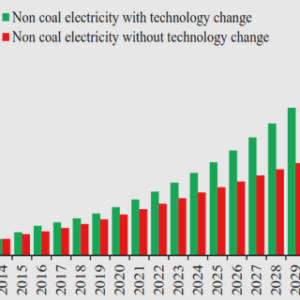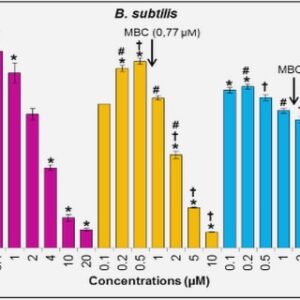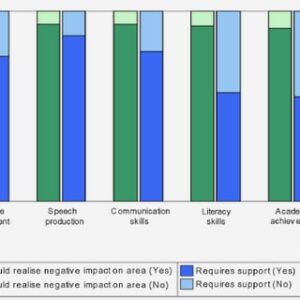(Downloads - 0)
For more info about our services contact : help@bestpfe.com
Table of contents
1 Introduction
1.1 General context
1.2 Thesis Outline
2 State of the art
2.1 Overview of urban building energy models
2.2 Modeling approaches: Top-down and Bottom-up models
2.2.1 Top-down models
2.2.2 Bottom-up models
2.3 Urban building energy models
2.4 Conclusion
3 Data management and 3D model generation
3.1 Introduction
3.2 Remote sensing for data preprocessing
3.3 Machine learning for oultier detection
3.4 Generation of the 3D model
3.4.1 Archetypes generation
3.4.2 3D model
3.5 Conclusion
4 Urban daylight model
4.1 Introduction
4.2 Presentation of DART model
4.2.1 Earth-Atmosphere scene
4.2.2 Elements optical properties
4.2.3 Earth-atmosphere radiative transfer
4.3 Impact of urban development on energy budget
4.4 Eect of urban morphology on daylight accessibility
4.4.1 Urban morphology metrics
4.4.2 Radiative Budget computation – DART
4.5 Results and discussion
4.5.1 Zones’ Urban morphology
4.5.2 Daylight availability and variability spatially and temporally
4.5.3 Daylight potential and urban forms: Neural networks approach
4.5.4 Relation between daylight and electricity consumption
4.6 Conclusion
5 BEirut Energy Model BEEM
5.1 Introduction
5.2 Mathematical formulation
5.2.1 Zone and Air system integration
5.2.2 Ideal Loads Air System
5.2.3 Outside Surface Heat Balance
5.2.4 Reections
5.2.5 Inside Surface Heat Balance
5.2.6 Inltration and ventilation
5.3 Methodology
5.3.1 Data preparation
5.3.2 Parameters Set-up and boundary conditions
5.3.3 Model Calibration
5.4 Results
5.4.1 Archetypes distribution and 3D model
5.4.2 Data processing and model calibration results
5.4.3 Loads proles
5.4.4 Spatial autocorrelation
5.4.5 Archetypes Spatial correlation
5.4.6 Temporal correlation
5.5 Discussion and conclusion
6 Conclusion and perspectives
6.1 Perspectives
A Appendix: Energy Policy brief
B Appendix: French Summary (30 pages)




